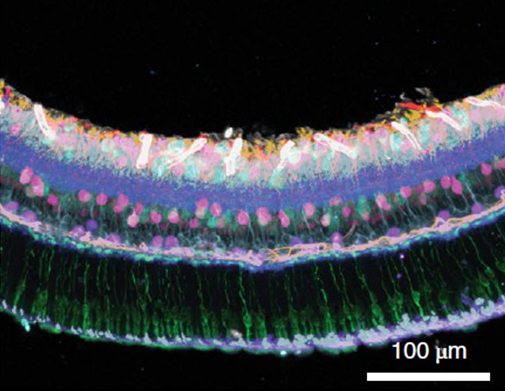
Until recently, scientists had to be satisfied with dissecting a population of cells from a specific tissue containing many different cells to draw conclusions about single cell types. With the advent of single-cell analysis techniques, scientists can now identify and study individual cells without worrying about interference from other cell types. Dr. Peng Yin and colleagues at Harvard University, members of the Human BioMolecular Atlas Program (HuBMAP) Consortium, published details of a new single-cell analysis technique called Immunostaining with Signal Amplification By Exchange Reaction (Immuno-SABER). Immuno-SABER allows researchers to simultaneously visualize many proteins in the same tissue sample by combining recognition of proteins by antibodies with signal amplification using DNA as a tool.
Immuno-SABER addresses one of the key challenges in identifying and amplifying specific biomolecules in a milieu of many others. DNA-barcodes act as ‘docking-sites’ for different colored fluorescent molecules bearing complementary DNA, and by varying the number and sequence of the barcodes a wider range of different protein targets can be imaged. With different DNA-barcodes attached to antibodies, the signal can be amplified and multiplexed. Yin and collaborators showed they could amplify the signal, as well as image ten protein targets simultaneously within either human tonsils, or mouse retinal cells.
Immuno-SABER is open-source, economical, and designed to be compatible with standard workflows. Yin and his colleagues predict this novel technique could be useful for tissue atlas projects, biomarker screening, or as a complement to another high throughput technique called single-cell RNA-seq analysis that is commonly used to study individual cells.
Reference:
Immuno-SABER enables highly multiplexed and amplified protein imaging in tissues. Saka SK, et al. Nature Biotechnology. 2019 Sep Epub 2019 Aug 19. Vol 37(9):1080-1090. doi: 10.1038/s41587-019-0207-y.


